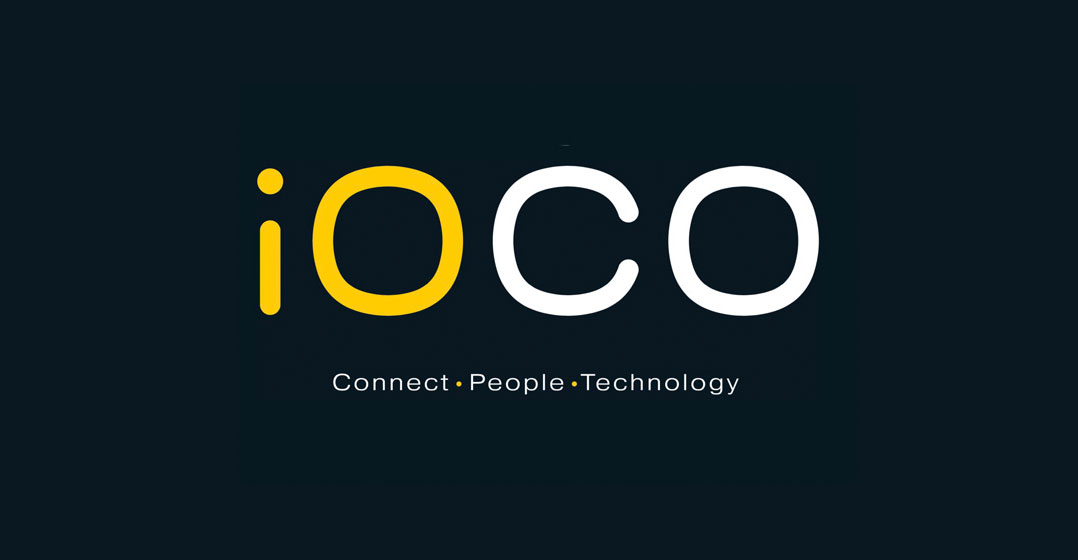 For years, remote working was a concept that many companies dabbled in, allowing staff to work from home or coffee shops when they needed to. Despite the fact that remote work has grown 91% over the last 10 years, and 159% over the last 12 years, according to a survey by Global Workplace Analytics and FlexJobs, as of last year, only 66% of companies allowed remote work, and 16% were fully remote.
For years, remote working was a concept that many companies dabbled in, allowing staff to work from home or coffee shops when they needed to. Despite the fact that remote work has grown 91% over the last 10 years, and 159% over the last 12 years, according to a survey by Global Workplace Analytics and FlexJobs, as of last year, only 66% of companies allowed remote work, and 16% were fully remote.
Covid-19 has turned this on its head, with 99% of the world’s workforce currently working from home. Now, more than ever, the cloud is proving to be the technology enabling business, empowering remote work and ensuring business continuity.
However, even though most organisations have moved some of their operations into the cloud, businesses and employees are not necessarily equipped to access the information, applications and systems they need under these unprecedented circumstances. Even those that have solutions in place may not have implemented measures to ensure uptime should something go wrong unexpectedly.
Add to this the fact that security remains a priority — and a challenge — and companies of all sizes are finding themselves having to evaluate the many solutions available to them according to criteria that wouldn’t necessarily be their primary concern at any other time. Some are turning to partners to help them navigate this challenging environment, while others have merely purchased what they think they need from public cloud providers.
The cost conundrum
The lockdown is placing strain on businesses in terms of being able to generate revenue, so many are starting to appreciate the cost-saving opportunities cloud offers. However, this is being matched with what seems at first glance to be an increase in unforeseen costs in gearing staff for remote working.
In fact, many companies are under the mistaken impression that partnering with managed services providers will drive costs up further, when in fact, managed service providers are ideally placed to help drive down costs. For example, a managed service provider can analyse your cloud environment to see where greater efficiencies can be achieved.
At certain times, and especially over this period, some workloads are not necessary for operations, so powering down a server at night or during off-peak times could significantly reduce spend. This is probably one of the biggest areas companies don’t consider in order to save costs, and a cloud partner can help put together a power schedule for those non-essentials.
Similarly, the rightsizing of virtual machines and workloads can produce significant cost savings. An evaluation of your environment by a qualified partner will identify where VMs are either being under- or over-utilised, both of which result in a multitude of issues that are ramping up costs unnecessarily. This analysis could also highlight unnecessary workloads that can be shut down.
Listen | Richard Vester, executive director, cloud and international at iOCO, has shared some insights and suggestions for businesses which can help streamline, protect and get teams to be ultra-productive in these unprecedented times…
Secure remote access
Whether companies had already invested into cloud before the pandemic, or have only just started to, their primary concern is enabling secure remote access to their infrastructure and applications. Currently, this translates into enabling remote workers to access the tools they need to get their jobs done.
As a result, end-user computing (EUC) has grown in popularity. Instead of building and operating your own infrastructure, you can simply deploy desktops on demand through desktop-as-a-service (DaaS), resulting in significant cost savings.
AWS WorkSpaces, for example, allows companies to use their legacy applications in the cloud, and allows companies to provide their employees with secure access to everything they typically would have, as if they were working in the office. Moving on to WorkSpaces is quick and easy, and businesses can quickly scale to provide hundreds or even thousands of desktops to staff, no matter where they are. EUC solutions like Amazon WorkSpaces help eliminate the complexity in managing hardware inventory, operating system versions and patches, as well as virtual desktop infrastructure (VDI).
Individualised, tailored cloud solutions
Like any other technology, there’s no one-size-fits-all approach to cloud. In the challenging business environment we are operating in, cloud is providing the means by which companies can continue to operate, but many organisations are not reaping all of the benefits cloud offers.
To remain competitive, companies need to keep their workforces safe and productive, bring costs down, and streamline in order to be ultra-productive. Every business knows they need to lower their total cost of ownership and prepare to weather the storm. Optimising your cloud platforms and spend is the quickest, easiest way to make sure your company can get through the current crisis with a sustainable base to build off. Partners can help your business create individualised, tailored cloud solutions that will ensure your cloud solutions help you solve today’s challenges, as well as tomorrow’s.
- Richard Vester is executive director, cloud and international, at iOCO
- This promoted content was paid for by the party concerned




